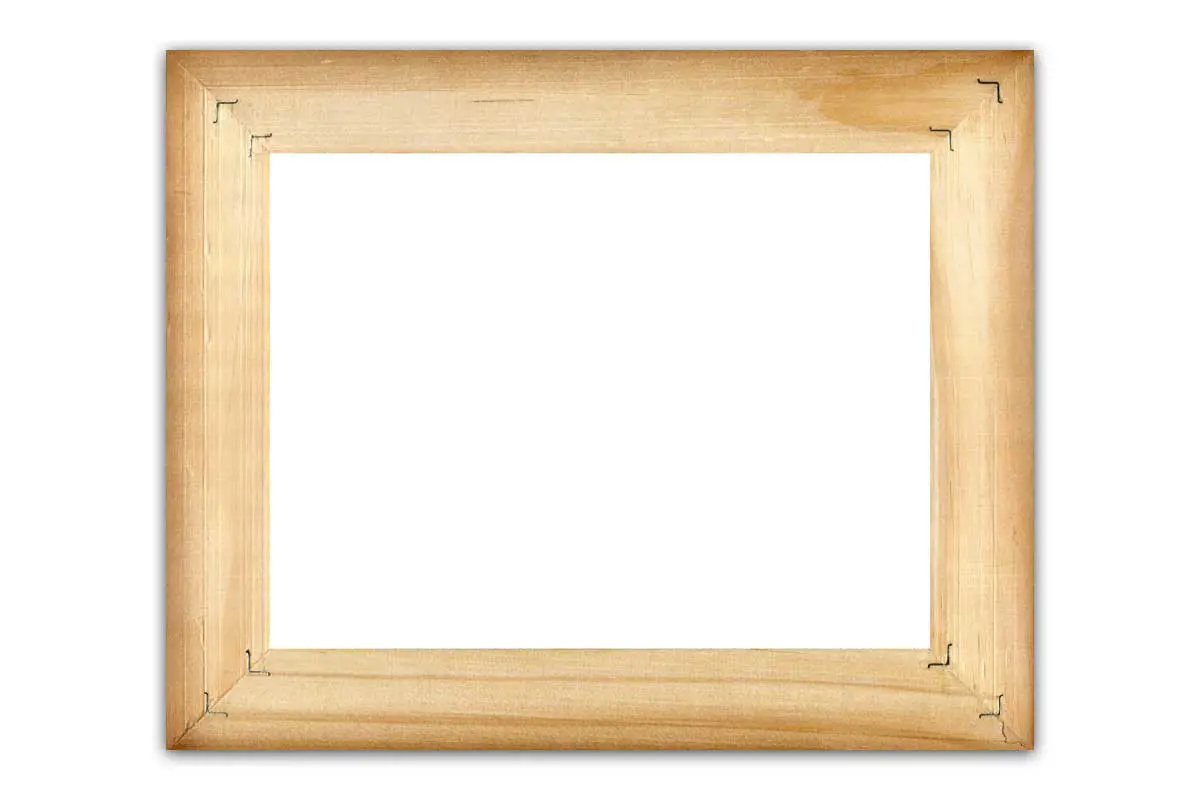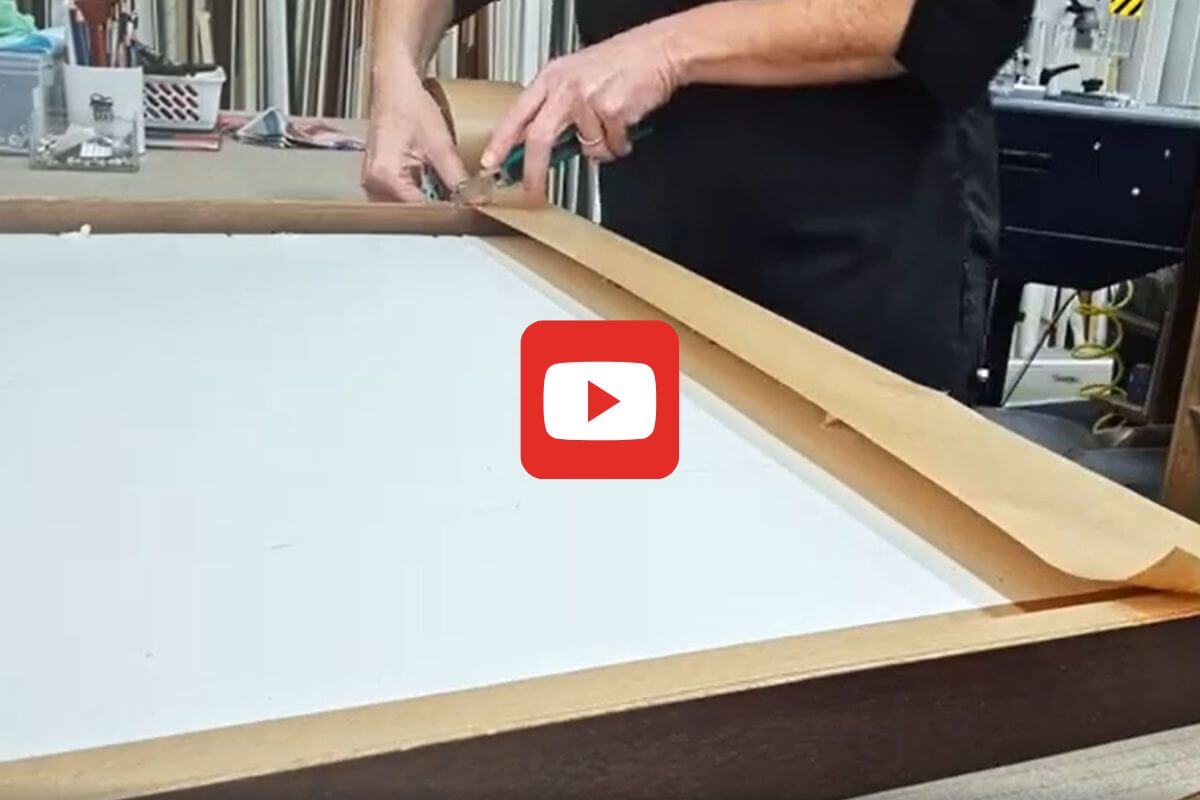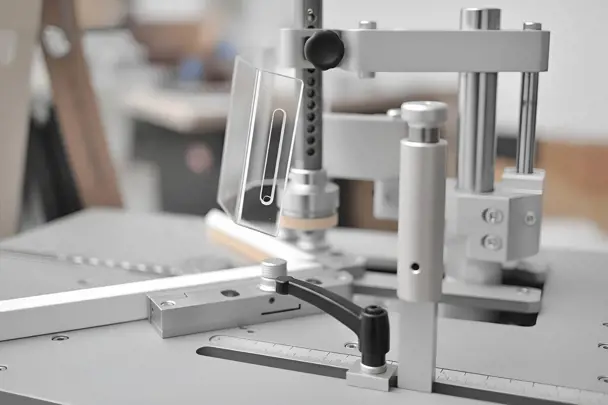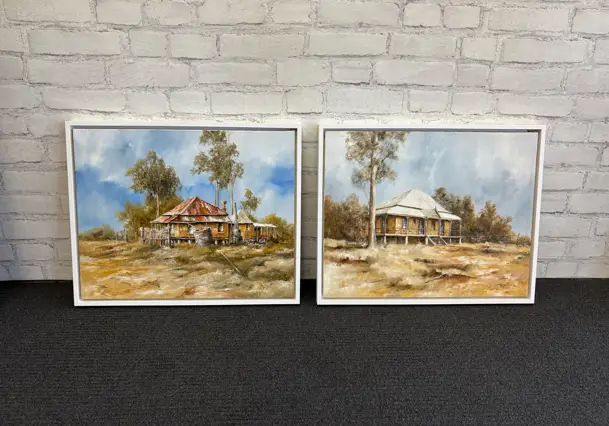Updated 19 December 2024
Backing boards. Matboards. Picture frame boards. Some of us might use these terms interchangeably, however, you may find yourself speaking in circles, especially when used in picture framing.
Are they the same? What are the fundamental differences, if any?
We’ll cover these questions in this article and provide you with some practical examples for use in your next picture framing project.
What is a backing board?
A backing board, sometimes also known as a mount board, is a cardboard-like material (note: we do not recommend or use cardboard) attached to the back of a framed artwork. For many of these prints, photographs and paintings, it is primarily used to hold the item in place, prevent bending, folding and creasing.
Backing boards have been in use by framing professionals for over 40 years, recognised for their function as a low-cost way to protect pictures, photos and other types of framed artwork from physical damage.
Framed artwork may warp and change shape after long periods of hanging. This occurs for a variety of reasons including room humidity, direct sunlight exposure and other environmental factors. Choosing the right backing board will minimise the risk of warping.
Materials for backing boards
Picture frame backing boards can be made from several paper-based and other materials including:
- Foam Core
- Archival Foamcore
- Gatorfoam
- Cardboard
- MDF wooden board
- Coroplast
- Coreflute
- Acrylic i.e. Perspex and Plexiglass
- Mylar/Polyester
Note: Cardboard and MDF Wooden Board backing boards are not recommended because they absorb moisture and can cause browning or foxing of artwork leading to long term damage.
We will also cover the pros and cons of using plastic-based backing boards later on.
During the picture framing process, the board is measured, cut, fastened to the back of the frame with framers points and then sealed with framers tape . Backing boards should allow for airflow, letting the artwork expand and contract as temperature and humidity vary throughout the day.
Differences between matboard and backing boards
While both are made of similar paper-based materials, the primary distinction between a backing board and a matboard is in their placements within a picture frame.
A matboard is visible from the front of a frame. During the picture framing process, it’s placed between the artwork and the glazing as a prominent barrier separating the piece from the glass.
Visually, a matboard can also function as a border for a framed image, drawing the viewer’s eyes towards the centre of the piece. Matboards are also a creative way to accent colours and add depth to an artwork.
As the name suggests, a picture frame backing board sits behind the artwork and is designed more for protecting the artwork and holding it in place. It is placed directly behind the artwork during the framing process to prevent damage either while hanging or in transport. The backing board is visible on a finished piece but only when viewed from the back.
Find out more about matboards and how they work here.
Challenges of backing boards
There aren’t any functional disadvantages in having a backing board in a picture frame. However, the key downside comes down to the type of material used.
While paper-based materials are mainly used by industry professionals, plastic can also be used to make picture frame backing boards. Plastic has been found to provide a tighter seal between the artwork and the frame, limiting exposure to many of the harmful environmental factors highlighted above.
However, in areas with prolonged periods of dampness, artwork with a plastic-based backing board can trap moisture, creating mould and damaging the artwork. For this reason, plastic is unadvisable for most framing exposed to Australian humidity, especially museum or conversation-grade framing.
If the artwork is of high personal or monetary value, a paper-based backing board is better suited to preventing long-term damage. We also recommend hanging your artwork in an area with proper ventilation.
“Good airflow will ensure your framed art remains mould-free.”
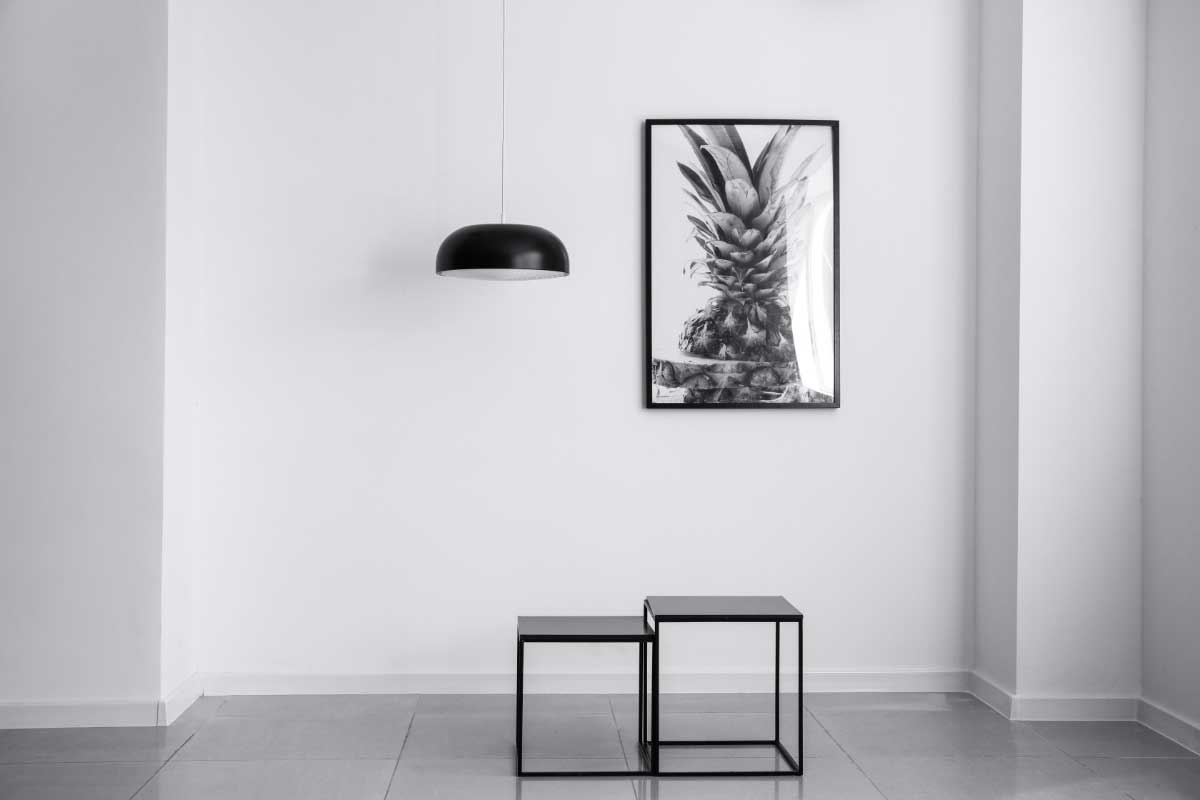
Choosing a backing board
There is no set standard for backing boards that covers all picture framing jobs. When looking to choose the right board, there are differences to consider based on the environmental factors, in addition to the size and weight of the final artwork.
Things to consider
Environment: As discussed, a paper-based backing board provides the most longevity for photo and picture frames. This material is the standard for museum and conservation-quality picture framing.
Weight: When deciding on the right backing board for a picture frame, you will be faced with a choice for weights. The weight required will usually depend on the type of frame it will be housed in but as a rule, lighter is better because it will be safer to hang.
Size: To ensure a proper fit the backing board should allow for some movement but not be loose enough that it doesn’t protect the artwork. Although you can get away with a heavy backing board on a smaller frame, weight becomes an issue when hanging larger frames safely. Talk to us about our custom backing board cutting service - to suit any frame.
What do we recommend?
At Frame Today, we believe in the importance of quality and longevity for all framing work. For this reason, we choose to work with natural-origin products across all elements of our picture framing services.
As highlighted above, a paper-based backing board, specifically foam core provides the highest level of quality for picture framing.
A foam board usually consists of three layers. The first is an inner layer of polystyrene or polyurethane foam. This is clad with white coated paper or cotton archival paper and it's this layer that protects your piece.
Foamcore is available in various levels of thickness, although we generally use a 5mm thickness. In rare cases a thicker foam core of 10mm is used for larger oversized pieces to provide added rigidity.
Foamcore also comes in both non-adhesive and adhesive options depending on the individual project requirements.
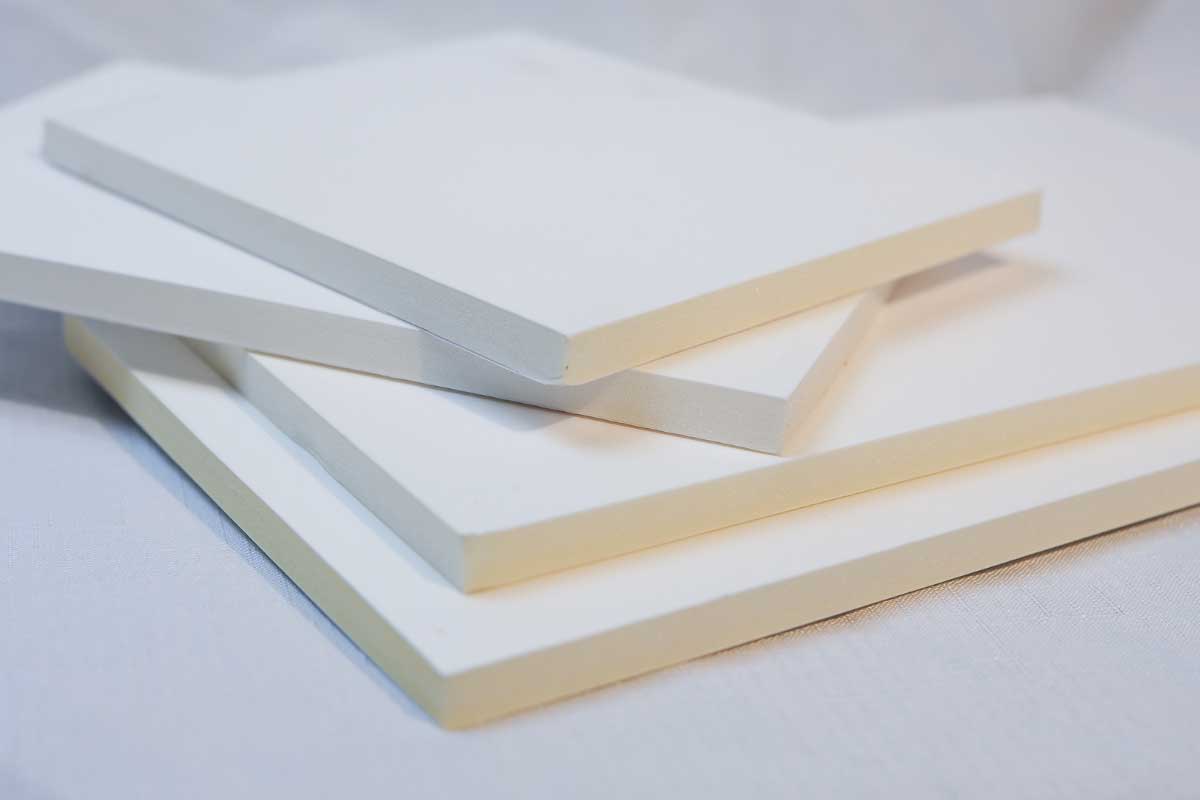
Need some more help?
Are you’re still having trouble finding exactly what you need? Luckily the Frame Today team can help.
Complete our online form or find your nearest picture framing store. With fourteen framing stores servicing Brisbane, Sydney, Newcastle, Hunter Valley, Central Coast and down to the Southern Highlands, we provide the most cost-effective picture framing options and picture framing parts in convenient locations.
Speak to one of our qualified picture frame backing board experts to find out more.
